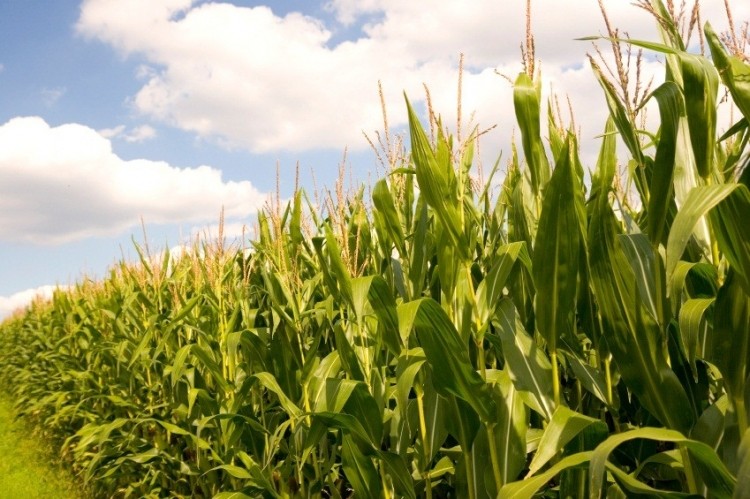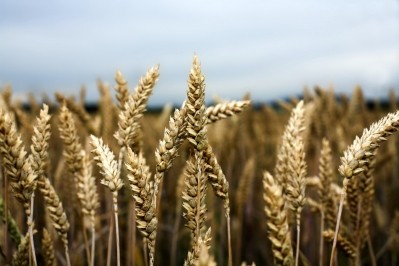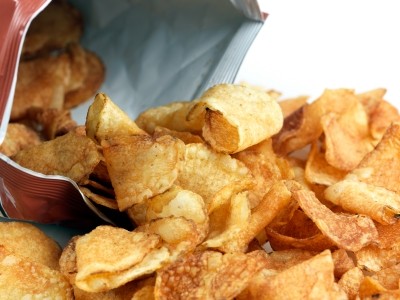Particle size important for GMO detection in bread, finds study

Published in the journal of Food Chemistry researchers investigated GMO (genetically modified organism) traceability in the traditional Portuguese maize bread ‘broa’.
“Considering the needs for genetically modified organism traceability in highly processed foods, the aim of this work was to assess DNA degradation, DNA amplification and GMO quantification along [the] bread making process of broa.”
The team from the University of Porto in Portugal tested three samples using authorized GM ingredients – one used GM maize semolina and the others GM maize flour ground from kernels.
Findings showed that GM estimates for the sample using GM maize semolina, were “very close to the actual values”.
However, researchers said that estimates for the other two samples using GM maize flour were “generally underestimated”.
The baking process made GM content harder to quantify to an extent, they said. However the difficulty was more likely to have been caused by the difference in particle sizes.
GM maize flour has a smaller particle size and higher level of mechanical processing than maize semolina.
“Results suggest the possibility of detecting and tracing the GM material by both qualitative and real-time [polymerase chain reaction] PCR in baked products, but the ability to accurately quantify it, might be compromised by processing.”
GMO detection
The study noted that current GMO testing methods favored include DNA extraction followed by amplification of target sequences by qualitative and quantitative polymerase chain reaction (PCR).
“Real-time quantitative PCR represents the most powerful means of quantifying GM material in agricultural and food products, due to its high sensitivity, specificity and reproductability. However, applicability of DNA-based methods for GMO detection and quantification depends on the quality and quantity of DNA,” they said.
As such, the researchers used the above real-time quantitative PCR after DNA extraction to assess GM content in the sample breads.
The three different maize breads – one made using maize semolina containing MON810 and TC1507 and the other two contained ground MON810 maize kernels – were studied before and after the steps of sourdough leavening and baking.
For end product testing, three different samples were taken from the crust, under crust and middle soft part of the bread.
Europe and GMO
In the EU, under EC regulations, labeling for food products containing more than 0.9% authorized GM material is mandatory. In the US, there are currently no laws stipulating the need to label GMO content.
Maize is the second most cultivated genetically modified crop across the globe, corresponding to 32% of the global biotechnological area of 160m hectares in 2011, the study said.
In the European Union, maize has the highest number of authorized GM events (21) for food and feed, with examples including MON810 and TC1507 maize, although the latter is only authorized for use not cultivation.
Source: Food Chemistry
Published online ahead of print, doi: 10.1016/j.foodchem.2012.10.068
“Tracing transgenic maize as affected by breadmaking process and raw material for the production of a traditional maize bread, broa”
Authors: TJR. Fernandes, MBPP. Oliveira and I. Mafra







